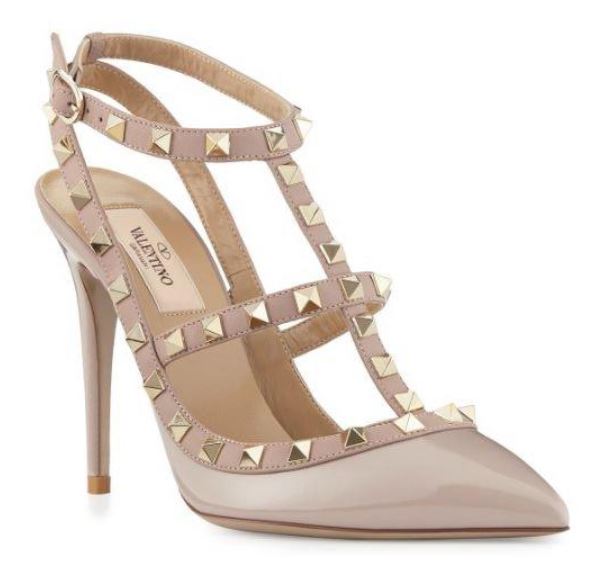Louis Vuitton playing chess or checkers? The CJEU annuls’ the invalidation of Louis Vuitton’s EU trade mark
Louis Vuitton received a favorable decision from the EU General Court (“General Court”) in June 2020 which may assist brand owners seeking IP protection of their decorative patterns. The decision confirms the distinctive character an EU trade mark must possess in order to benefit from protection throughout the EU as well as highlighting how patterns may be protected through registration as a trade mark rather than under other forms of IP protection such as copyright or design protection. However, the decision also reaffirmed the EU’s strict approach to assessing the unitary character of EU trade marks, which potentially sets a high bar for applicants to clear.
Read More


